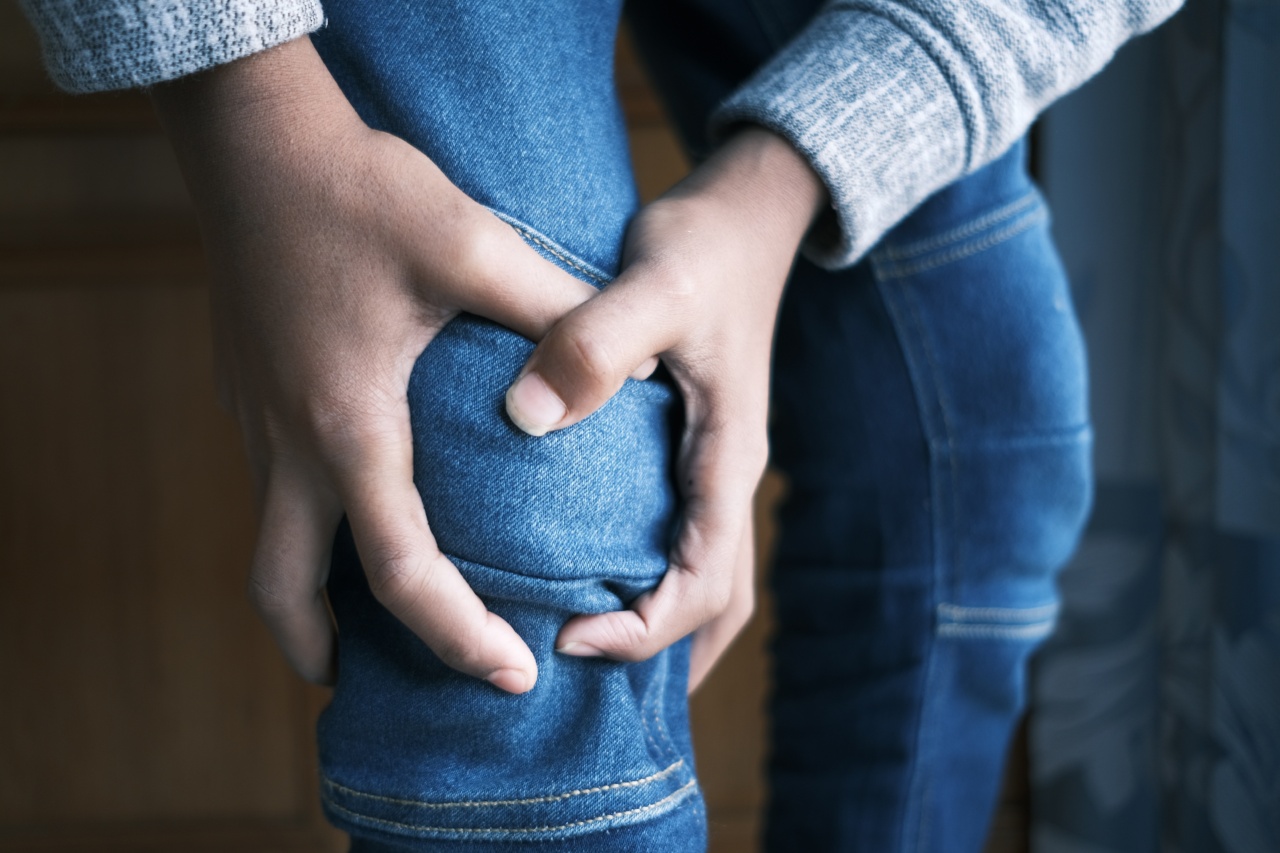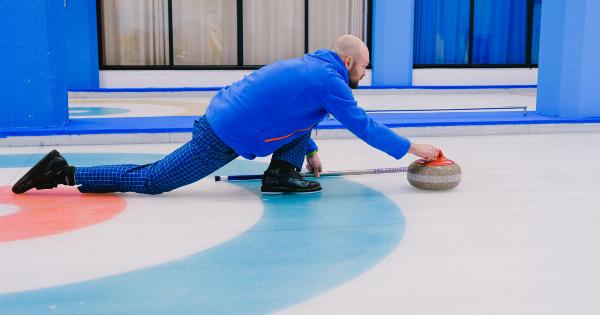Are you tired of living with constant knee pain? Do you find it difficult to perform your everyday activities due to this discomfort? You’re not alone. Knee pain is a common problem that affects people of all ages.
Whether it’s caused by an injury, arthritis, or overuse, finding relief is essential for improving your quality of life. In this ultimate guide, we will discuss various methods for knee pain relief and provide you with valuable tips to manage and alleviate your discomfort.
Understanding Knee Pain
Before diving into the different techniques for knee pain relief, it’s crucial to understand the causes and symptoms associated with this condition. The knee joint is one of the largest and most complex joints in the body.
It supports our weight and allows for movement, which also makes it susceptible to injury and wear and tear over time.
Common causes of knee pain include:.
- Arthritis (such as osteoarthritis or rheumatoid arthritis)
- Injuries (such as fractures, torn ligaments, or meniscus tears)
- Overuse (from repetitive activities like running or jumping)
- Bursitis (inflammation of the small fluid-filled sacs surrounding the knee joint)
- Tendonitis (inflammation of the tendons in the knee)
Methods for Knee Pain Relief
When it comes to finding relief from knee pain, there are several approaches you can take.
It’s important to remember that what works for one person may not work for another, so it may require some trial and error to determine the most effective strategies for you. Here are some methods worth considering:.
1. Rest and Ice Therapy
If your knee pain is due to an acute injury or inflammation, resting the joint and applying ice can help reduce swelling and relieve pain. It’s recommended to apply an ice pack wrapped in a cloth for 15-20 minutes every 2-3 hours.
Remember to always have a cloth or towel between the ice pack and your skin to avoid ice burn.
2. Physical Therapy and Exercise
Physical therapy is often recommended for knee pain relief. A trained therapist can assess your condition and develop a personalized exercise program to strengthen the muscles around your knee, improve flexibility, and reduce pain.
Regular exercise, such as swimming or cycling, can also help maintain joint mobility and alleviate discomfort.
3. Medications and Injections
In cases of severe or chronic knee pain, medications or injections may be prescribed by your healthcare provider. Nonsteroidal anti-inflammatory drugs (NSAIDs) can help reduce pain and inflammation.
Corticosteroid injections directly into the joint may provide temporary relief. However, it’s essential to consult with your doctor for proper evaluation and guidance regarding medication usage.
4. Assistive Devices
If your knee pain significantly affects your mobility, using assistive devices like crutches, a knee brace, or a cane can provide support and reduce pressure on the knee joint.
These devices can help enhance stability and alleviate pain while walking or standing.
5. Weight Management
Excess body weight can put additional stress on your knees, exacerbating pain and increasing the risk of further damage. Maintaining a healthy weight through a balanced diet and regular exercise can help alleviate knee pain and prevent future problems.
6. Topical Pain Relief
Over-the-counter creams, gels, or patches containing ingredients like menthol or capsaicin can provide temporary relief for mild to moderate knee pain.
These topical treatments work by numbing the area or creating a warming sensation, which may help distract from the pain.
7. Alternative Therapies
Many people find relief from knee pain through alternative therapies such as acupuncture, chiropractic adjustments, or herbal supplements.
While the research on these methods is limited, some individuals report significant improvements in pain and function after incorporating these complementary approaches into their treatment plan.
8. Surgical Intervention
In certain cases where conservative treatments prove ineffective or if there is extensive damage to the knee joint, surgical intervention may be necessary.
Procedures like arthroscopy, partial knee replacement, or total knee replacement can provide long-term pain relief and improve joint function. However, surgery should always be the last resort, and the decision should be made in consultation with an orthopedic specialist.
9. Lifestyle Modifications
Simple changes in your daily routine can contribute to knee pain relief. Avoiding high-impact activities, wearing comfortable shoes with proper support, maintaining good posture, and practicing gentle stretches can all help reduce knee discomfort.
Additionally, adapting your environment to reduce potential tripping hazards can prevent falls and further injuries.
10. Prehabilitation
For individuals planning to undergo knee surgery, prehabilitation is becoming increasingly popular. Prehabilitation involves working with a physical therapist or rehabilitation specialist before surgery to strengthen the knee and its supporting muscles.
This proactive approach can enhance post-surgical recovery and improve overall outcomes.
Remember, everyone’s experience with knee pain is unique. Experiment with different methods, listen to your body, and work closely with medical professionals to find the most effective pain relief strategies for your specific situation.
With patience and persistence, you can regain control over your knee pain and enjoy a more comfortable lifestyle.




















